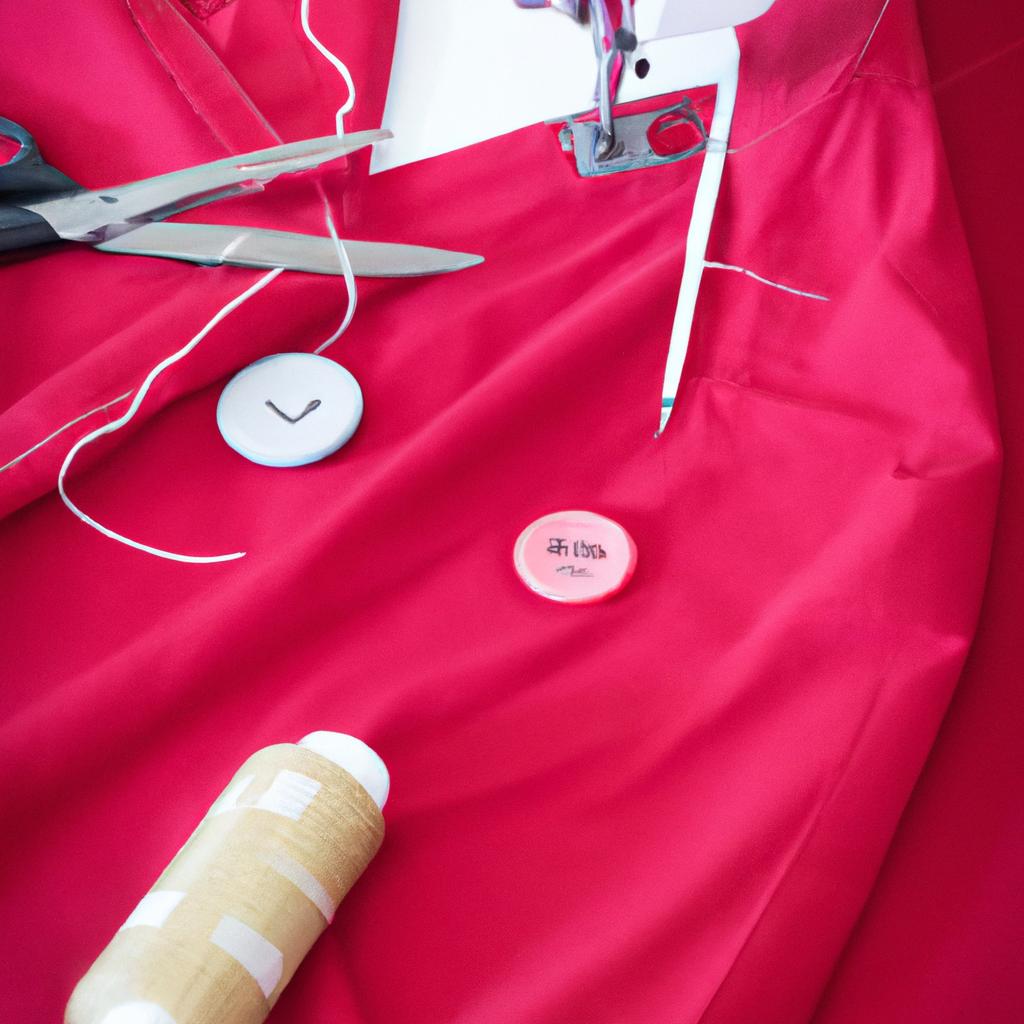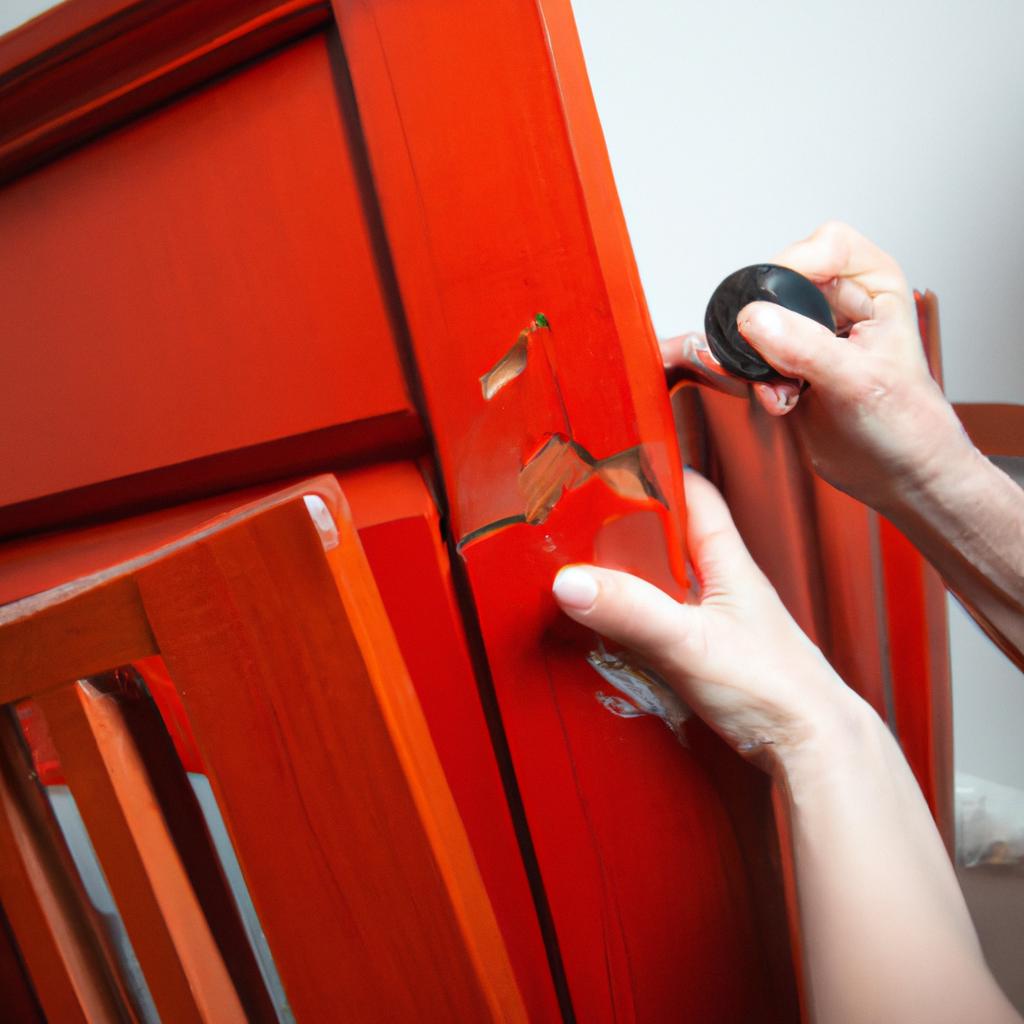In a world increasingly defined by convenience and consumer culture, the art of mending has seen a delightful resurgence. From the frayed hem of your favorite pants to the wobbly chair that once graced your grandmother’s dining room, mastering everyday repairs is not just a practical skill—it’s a pathway to creativity and sustainability. This article invites you to explore the simple techniques that can transform a pile of worn-out textiles and tired furniture into cherished pieces once more. Whether you’re a seasoned DIY enthusiast or a novice eager to save a few dollars and reduce waste, you’ll discover that with just a little time and patience, you can breathe new life into the items that surround you. Join us as we delve into the essentials of mending clothes and fixing furniture, unlocking the satisfaction and joy that comes from repairing rather than replacing.
Essential Techniques for Clothing Repair and Restoration
In the world of clothing repair and restoration, mastering a few essential techniques can breathe new life into your beloved garments. Begin with basic sewing skills, such as backstitching and hemming, which are fundamental for addressing frayed edges or torn seams. For those stubborn stains, consider techniques like spot cleaning with a homemade mixture of vinegar and baking soda. Don’t overlook the importance of patching; fabric patches can transform a worn-out area into a unique statement. To round out your toolkit, familiarize yourself with darning for knitwear, allowing you to repair holes seamlessly. Below is a quick-reference table of materials to keep on hand for various repairs:
| Material | Use |
|---|---|
| Needles | For sewing and mending |
| Thread | Color-matched for a seamless repair |
| Patches | Fabric for covering holes |
| Fabric glue | No-sew options for quick fixes |
| Embroidery floss | Decorative darning and repairs |
By honing these techniques, not only can you mend and maintain the functionality of your clothing, but you will also cultivate a deeper appreciation for each piece, making it uniquely yours.

Practical Tips for Reviving Furniture with Easy Fixes
Reviving old furniture doesn’t always require a massive overhaul; sometimes, the simplest fixes can breathe new life into your beloved pieces. Start by assessing the cosmetic flaws—scratches and scuffs can often be addressed with a few household items. Consider the following methods:
- Wood Scratches: Use a walnut or a touch-up pen to fill in the gaps. Rub the nut over scratches, then buff with a soft cloth.
- Upholstery Stains: Blot spills immediately with a clean cloth and try a mixture of vinegar and water for stubborn spots.
- Loose Joints: Apply wood glue into the joint and clamp it until dry. For a quicker fix, use some wood screws to secure the pieces temporarily.
- Wobbly Legs: Check for loose screws or bolts; tighten them, or use furniture coasters to stabilize uneven legs.
Additionally, you can rejuvenate your furniture with a fresh coat of paint or wood stain. Here’s a quick guide to help you choose:
| Finish Type | Best For | Durability |
|---|---|---|
| Matte | Non-Glossy surfaces | Low |
| Satin | Durable but subtly glossy | Medium |
| Glossy | High-traffic areas | High |
With these simple steps, you can transform your furniture into areas of beauty and functionality, making the most out of every piece in your home.
Concluding Remarks
As we close the chapter on mastering everyday repairs, remember that every stitch and every tightened screw tells a story of your ingenuity and resourcefulness. Embracing the art of mending not only extends the life of your clothes and furniture but also fosters a deeper connection to the items that populate your home. With just a few simple skills, you can transform the ordinary into the extraordinary, breathing new life into well-loved pieces that may have otherwise been cast aside.
So gather your tools, summon your creativity, and step into the rewarding world of repairs. Each small act of fixing is a step toward sustainability, a celebration of craftsmanship, and a nod to the beauty of imperfection. Whether you’re patching up a favorite shirt or restoring a cherished chair, remember that every repair is a testament to your commitment to preservation. Here’s to the satisfaction that comes from skillful handiwork and the stories yet to unfold in your journey of everyday repairs. Happy mending!










